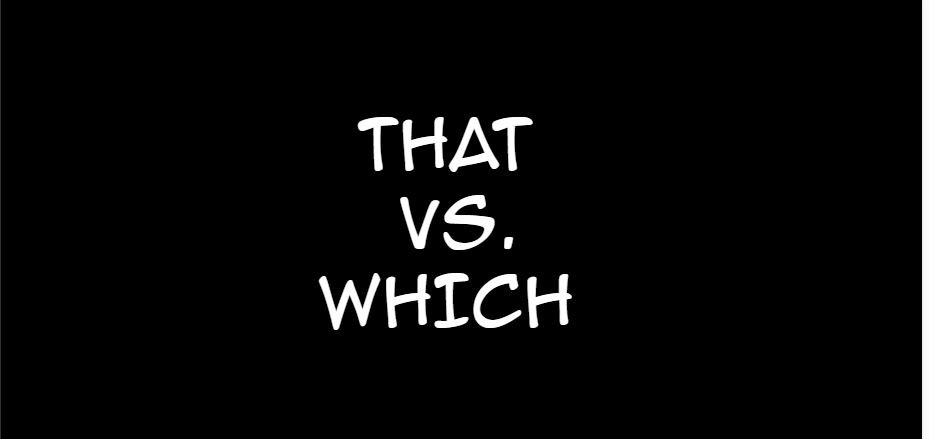So, here’s the thing. You probably think you know how to use bring and take. I bring books here. I take books there. Right? Easy smeasy.
You “take baby wipes with you” to the store, because you are at the house and you are going to go to the store. Now, if your wife is already at the store, she would say “bring the baby wipes with you to the store,” because she is at the store and you are bringing the baby wipes to her. Bring indicates you are carrying something in the direction of the speaker. Take indicates that you are carrying something “over there.”
Take => there. Bring => here.
Most people would get those usages right.
But, it turns out to get a lot more complicated, pretty quickly. For example, do you say, “I’ll take books home from the library”? Or do you say, “I’ll bring books home from the library?”
Huh. Well, it turns out, it depends on where you are when you’re talking and/or where you imagine yourself to be in the future…
”
Continue reading “Bring vs. Take. You only think you know how to use these.”

